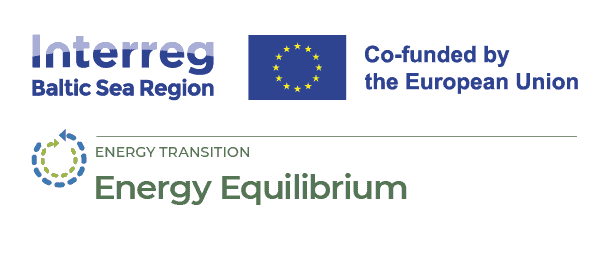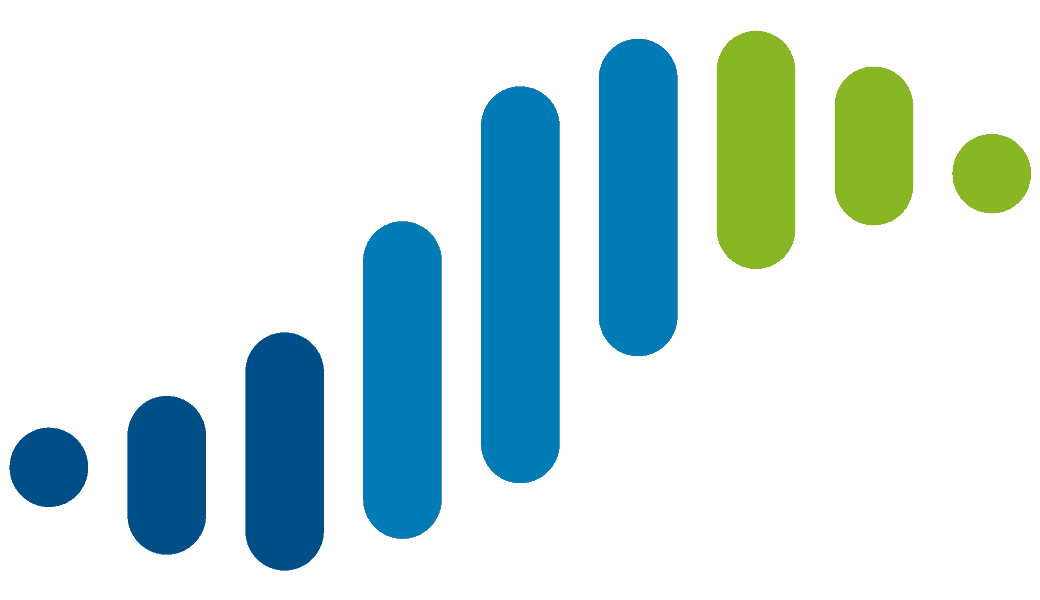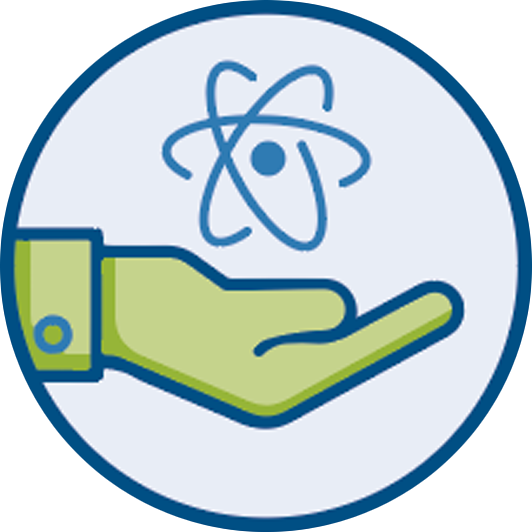
Roadmap shows the way for energy transition in the Baltic Sea region
12 June 2025
For the past three years, partners in the Energy Equilibrium project have been developing a new digital tool for local energy modelling. They now present a roadmap for how municipalities and regions in the Baltic Sea region can transition to sustainable energy production and storage.
The Energy Equilibrium Platform is a freely available online energy modelling tool helping municipalities, regional authorities, and energy stakeholders in the Baltic Sea region plan for a sustainable energy infrastructure. The tool has been tested by pilot municipalities during spring 2024 and the final version was released last fall. One of the aims of the new roadmap is to demonstrate the benefits of the tool for municipal and regional actors.
“The Energy Equilibrium Platform provides a concrete basis for system analysis and dialogue on how we build a more sustainable and resilient society,” says Per-Johan Wik, project manager at Sustainable Business Hub and lead author of the roadmap.
He adds that the tool is built to model different scenarios that illustrate how a higher share of renewable energy sources and increased storage capacity can be included in the energy system. The tool can also provide an indication of expected investment costs for each scenario, to be used as a starting point for further discussion.
Better decision-making with complementary analysis
“In-depth analysis of both system components and stakeholders will significantly enhance the ability to select relevant measures to achieve a sustainable energy supply. Decision-makers will have a broader basis for decision-making and a better understanding of local conditions,” says Per-Johan Wik.
Lack of data often a barrier
The roadmap goes further by identifying national policies that would incentivize the implementation of renewables and energy storage at the local level. Investments and long-term policy ambitions are given as two examples but also improved access to data.
“We often lack relevant data for local energy modeling. Policies that enable access to local or regional energy and building data would improve the quality of energy planning,” says Per-Johan Wik.
Tool ready – focus on dissemination
Energy Equilibrium has entered its final project year. The focus is now on communicating the project results and supporting municipalities, regions and energy actors who want to start using the tool.
The developed roadmap, along with all its attachments containing detailed information on partner countries, is now available in the Solutions section of the Energy Equilibrium website for interested readers.





